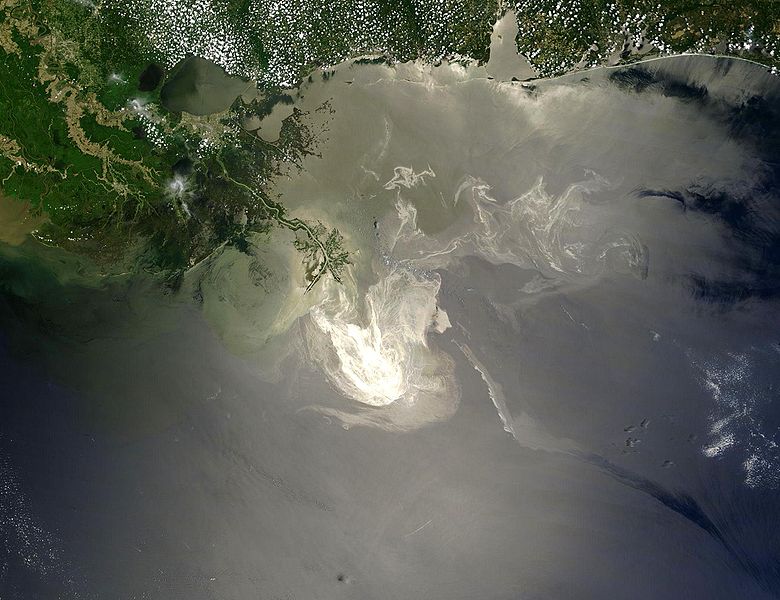Some of the things that the scientific community is “discovering” are things that have been known for years by reef hobbyists. I’ve been reading through some articles about recently published studies. A couple of them really got my attention as things that many hobbyist already know, just from keeping aquariums in their homes.
Distressing Damsels
 Ask a long time reef aquarist about keeping damselfish in a reef aquarium…they will probably tell you that damsels are aggressive, and sometimes destructive to a reef aquarium community. A study recently published on PLoSONE.org found that Threespot Damselfish are damaging coral reefs in their efforts to find new habitat. Read More »
Ask a long time reef aquarist about keeping damselfish in a reef aquarium…they will probably tell you that damsels are aggressive, and sometimes destructive to a reef aquarium community. A study recently published on PLoSONE.org found that Threespot Damselfish are damaging coral reefs in their efforts to find new habitat. Read More »
 That Fish Blog – Aquarium Advice and Information
That Fish Blog – Aquarium Advice and Information


